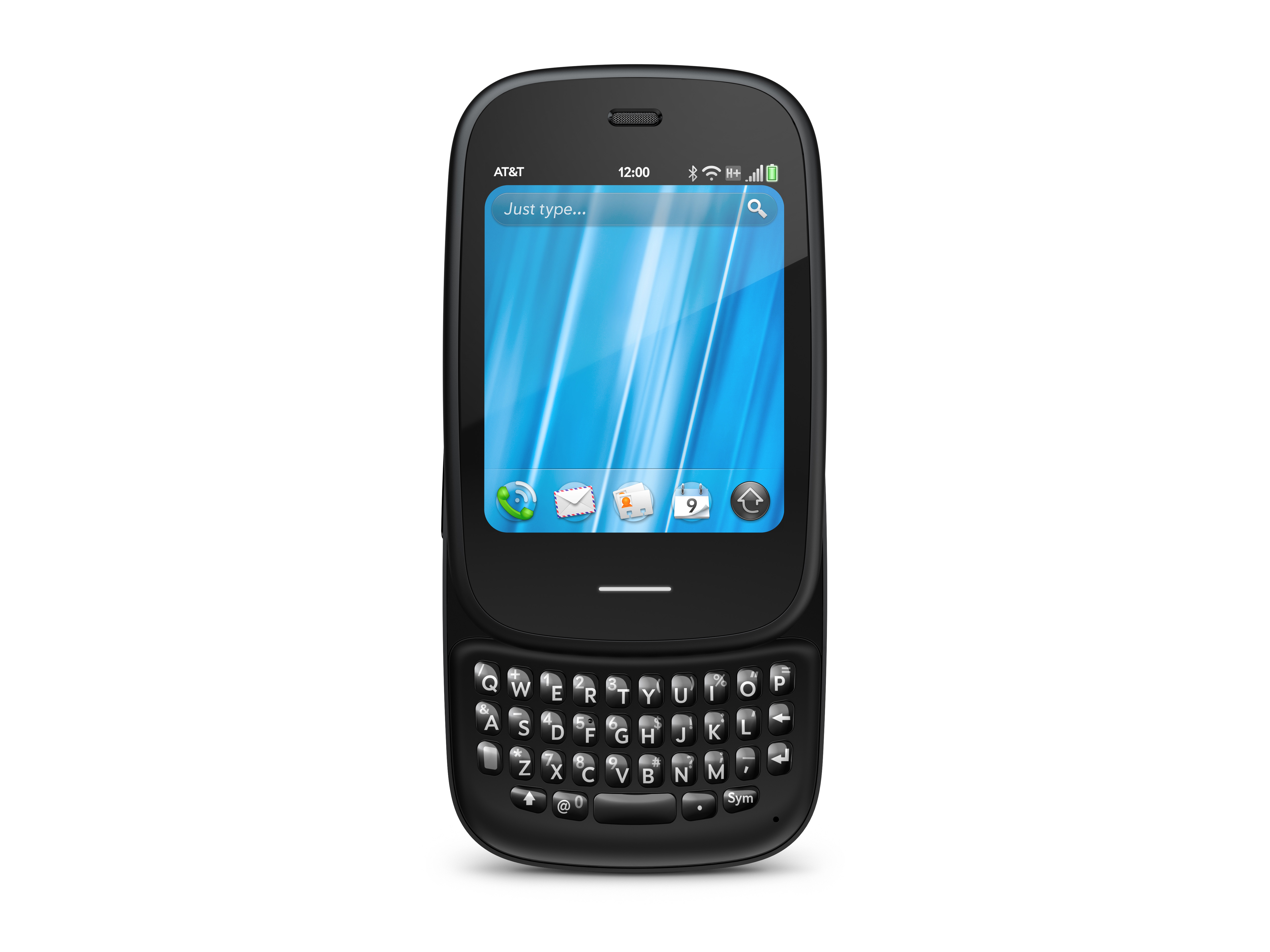TechRadar Verdict
The HP Veer shows that webOS is alive and well, and that HP is committed to staying the course, but this particular model is too small for any serious mobile users
Pros
- +
Easy to use interface
- +
Stacked cards
- +
Great search
- +
Aggregated contacts
- +
No memory issues
Cons
- -
Poor camera and video
- -
Too small for serious use
- -
Hard to see screen
- -
Few compelling apps
- -
Poor battery life
Why you can trust TechRadar
In the beginning, there was Palm. The company created the handheld/smartphone category with the original personal digital assistants in 1996. Now, following an HP acquisition about a year ago, it's emerged with a new super-tiny model, the HP Veer.
The smartphone is priced at $99 with a two-year contract in the US, with costs yet to be announced in the UK. It's so light, at 103g, and small, at 84x54x15.1 mm, that it almost seems like a toy phone – something you would pass on to little Johnny Radar Jr in the back seat to keep him silent.

The HP Veer's 320x400 2.4-inch screen is tiny, like the Palm Pixi's, but feels smaller and looks a bit blurry. The Pixi is actually lighter, at 93g, and thinner, at 10.8mm. The overall sense with the Veer, however, is that it is a supremely pocketable phone.
In reality, the HP Veer is the first sign that HP has backed the platform and is serious about improving it. That's a good thing for those tired of total Android and iPhone domination.
In fact, we're excited about the upcoming HP TouchPad tablet, which will probably make better use of the card interface. WebOS always did raise the bar in terms of a logical, easy-to-understand next-gen interface. The Veer might not be the best start, but webOS is still an OS to watch.
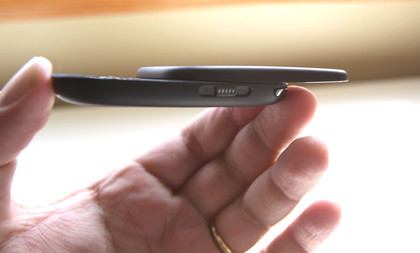
At the small size and weight, the HP Veer is easy to misplace because you hardly know it's in your pocket.
Thankfully, the Veer feels well-constructed. Like the Pre and the Pixi, it only suffers from one hardware design trait that may cause you concern: while sturdy in a closed position, the Veer slide-out keyboard almost feels as if it could break off if you pulled too hard or cracked it against a table corner.
The touchscreen on the Veer is way too small for serious smartphone interactions. In our tests, the screen would sometimes stop registering finger swipes. There's an easy solution: you just press the power button once to turn off the screen (but not the phone). This makes the touchscreen work again - but is a real annoyance.
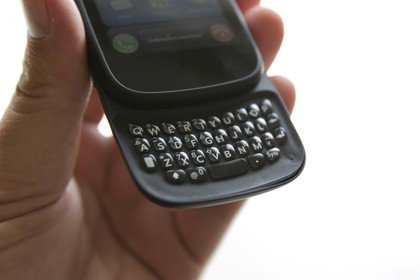
Even at the small size, the QWERTY keyboard is somewhat functional, depending on the size of your fingertips. There's a soft gel squishyness to the keys that speeds up typing because your fingers don't slip, and the keys are easy to press, although they're too small for anyone with larger digits.
In the US the Veer – like most AT&T phones – uses the HSDPA Cat 10/HSUPA Cat 6 network and is a quad-band (850/900/1800/1900) phone that uses GSM/GPRS/EDGE and offers adequate download speeds, although nothing mind-blowing.
One of the most remarkable accomplishments on the Veer has to do with packing the new webOS 2.0 operating system into such a small package. At times, it feels like overkill, the equivalent of putting racecar engine into a family hatchback. At other times, the interface is a welcome smart mobile aid.
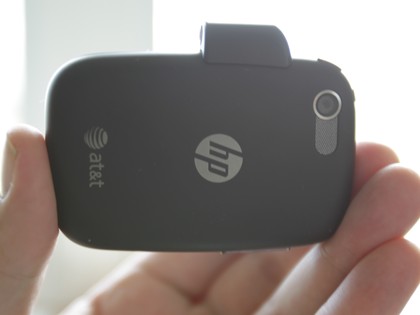
The HP Veer's design fits somewhere between the Palm Pixi and the Pre in that the phone is more advanced technically – it uses a new search engine called Just Type, has an "exhibition" mode that shows the time or can play photos in a slideshow when you charge the phone or use the Touchstone dock, and now allows you to mix and match cards (the interface paradigm in webOS) any way you want.
However, the smaller size means we consider the Veer a stablemate of the Pixi or even a basic flip-phone or feature phone rather than the higher end smartphones on the market.
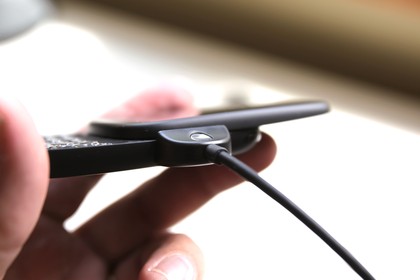
One new innovation in hardware is the magnetic power cord. To charge, you just place the cord into the near the side of the phone by the magnetic terminals and the cord snaps into place.
This is a smart idea for fast charging, but also means you can't use any other micro-USB charging cable. We also found the magnets would pull off a little too easily, similar to the power cord on the Apple MacBook.
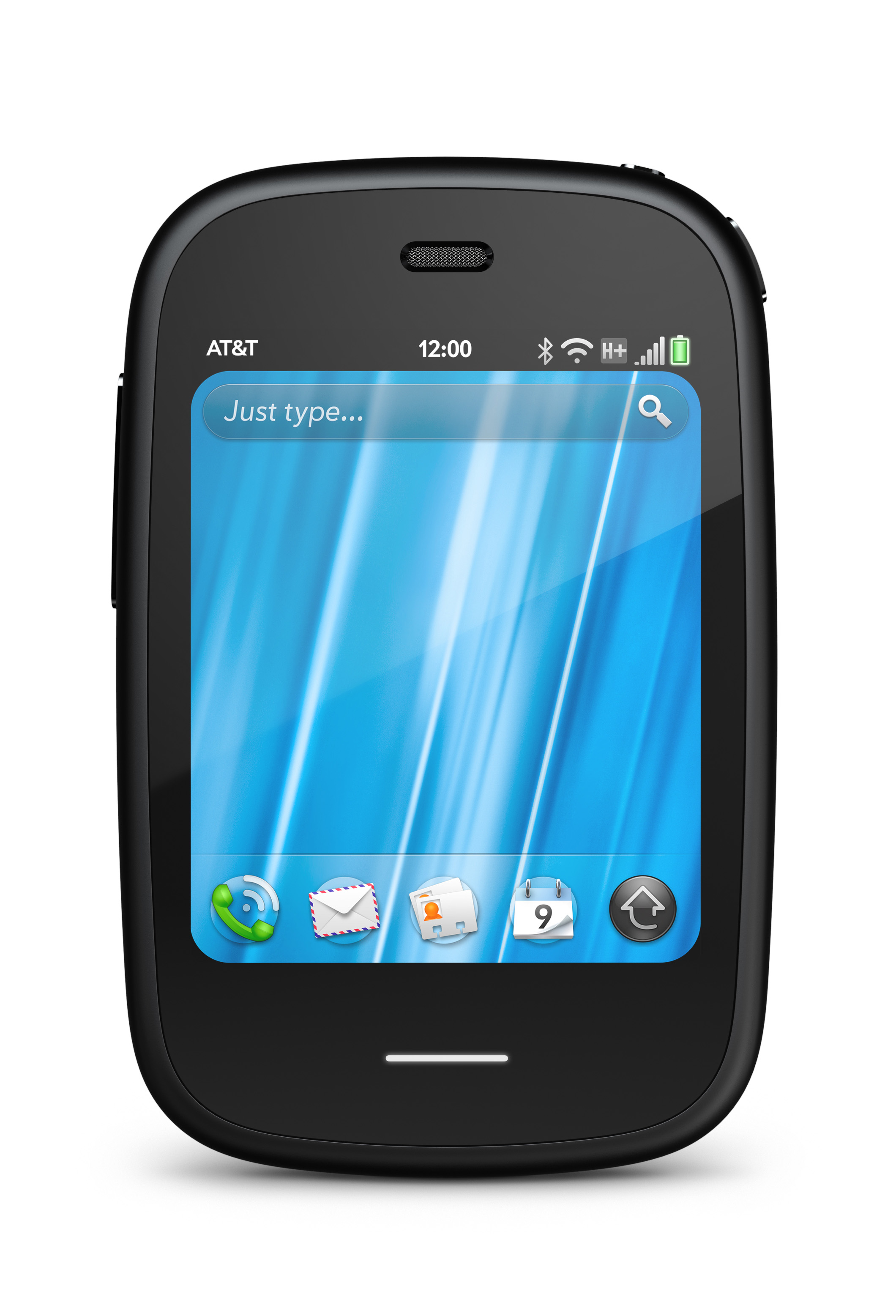
The Veer comes with 8GB of internal storage which is annoyingly not expandable.
Surprisingly, there's no headphone jack, so to use earbuds you have to use the included headphone adapter, which also snaps into place on the side. (Yes, this means you can't charge and listen to Kings of Leon at the same time. Well, unless you use the Touchstone dock).
The battery cover is easy to remove with a fingernail should you need to access the rear of the phone.
John Brandon has covered gadgets and cars for the past 12 years having published over 12,000 articles and tested nearly 8,000 products. He's nothing if not prolific. Before starting his writing career, he led an Information Design practice at a large consumer electronics retailer in the US. His hobbies include deep sea exploration, complaining about the weather, and engineering a vast multiverse conspiracy.
